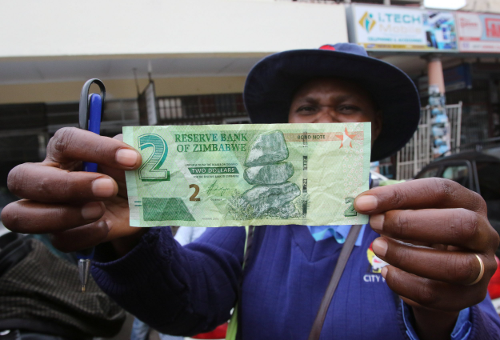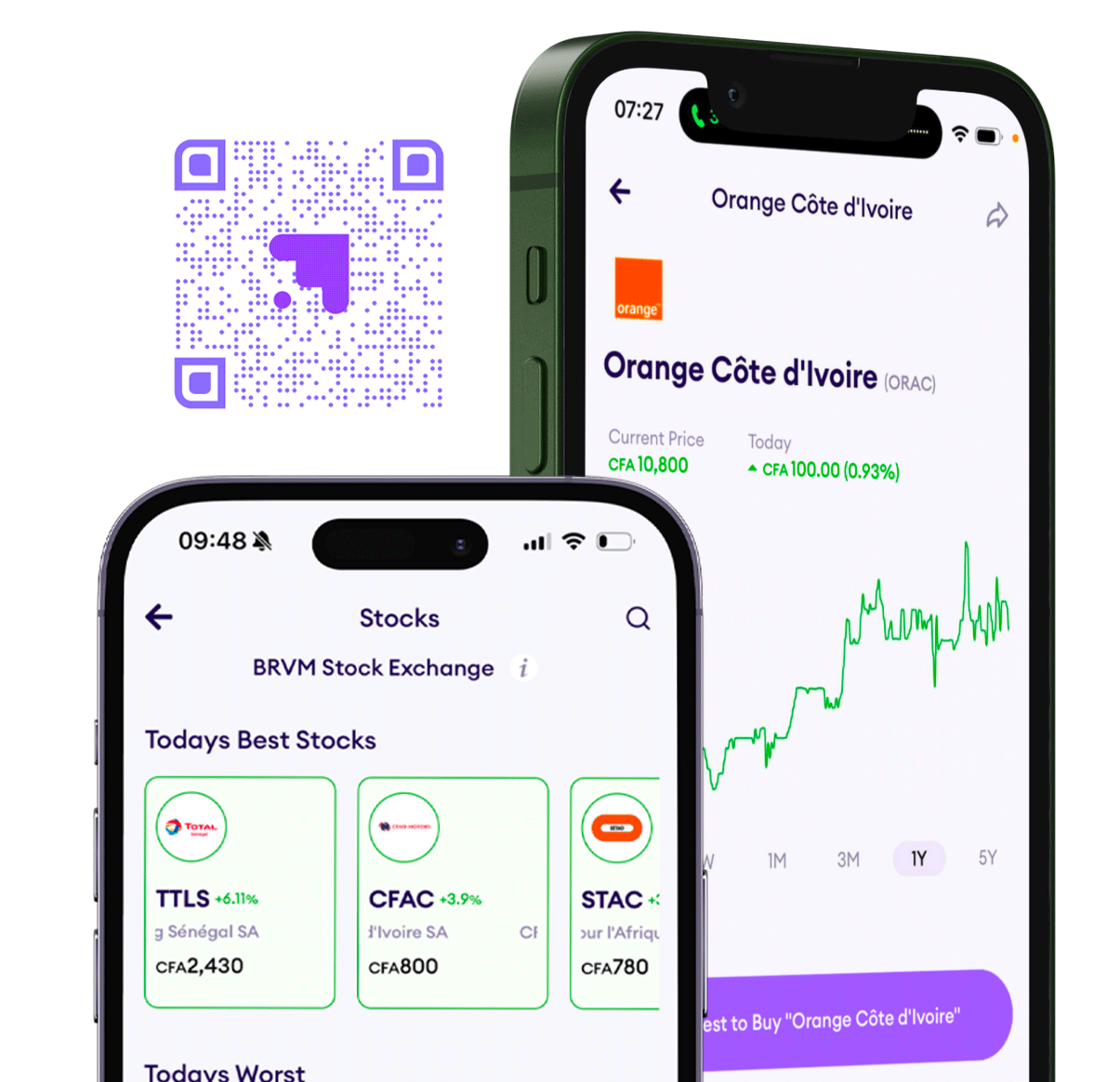Zimbabwe’s inflation surges following drop in local currency

TLDR
- Inflation in Zimbabwe has surged, leading to increased prices for goods and services.
- Food and services, including housing and electricity, are the primary drivers of this inflationary surge.
- Zimbabwe currently has the world's highest interest rate at 130%, posing significant challenges to economic stability.
In Zimbabwe, inflation has surged due to a currency decline, leading to increased prices for goods and services and placing additional pressure on the central bank to take action. According to data released by the Zimbabwe National Statistics Agency, consumer prices rose at an annual rate of 34.8% in January, up from 26.5% in December.
In the same month-to-month comparison, prices increased by 6.6%, compared to 4.7% in December. The primary drivers of this inflationary surge were food and services, including housing and electricity, as reported by the statistics agency.
Monetary policymakers are scheduled to meet to discuss potential interventions to address exchange rate and price instability. Persistence Gwanyanya, a member of the rate-setting panel, mentioned that Zimbabwe currently has the world's highest interest rate at 130%, followed by Argentina. The high inflation and interest rates pose significant challenges to the country's economic stability and well-being.
Key Takeaways
The recent surge in inflation marks the third consecutive increase since the Zimbabwean statistics agency changed its price measurement methodology on September 28. The adjustment aimed to better reflect the prevalent use of US dollars in the economy, with the greenback accounting for around 80% of transactions. The US dollar is preferred over the Zimbabwean dollar, which has experienced extreme volatility since its reintroduction in 2019, following a 10-year hiatus after hyperinflation eroded its value. In the current year, the local unit has depreciated by 38% against the US dollar on the official market. On the streets of the capital, Harare, the depreciation is even more pronounced. Notably, between May and June of the previous year, the Zimbabwean dollar experienced an 85% decline before a shift to a more liberalized exchange rate and a government directive mandating corporate taxes to be paid exclusively in local currency contributed to a partial recovery. The economic challenges, particularly related to currency dynamics, continue to pose significant hurdles to Zimbabwe's financial stability.

Next Frontier
Stay up to date on major news and events in African markets. Delivered weekly.
Pulse54
UDeep-dives into what’s old and new in Africa’s investment landscape. Delivered twice monthly.
Events
Sign up to stay informed about our regular webinars, product launches, and exhibitions.




